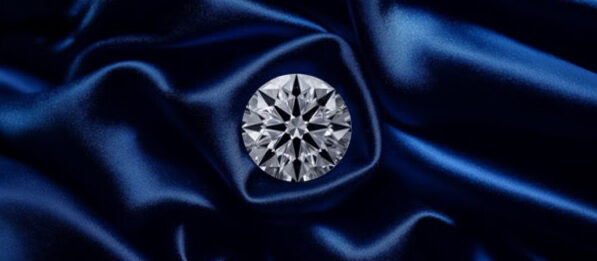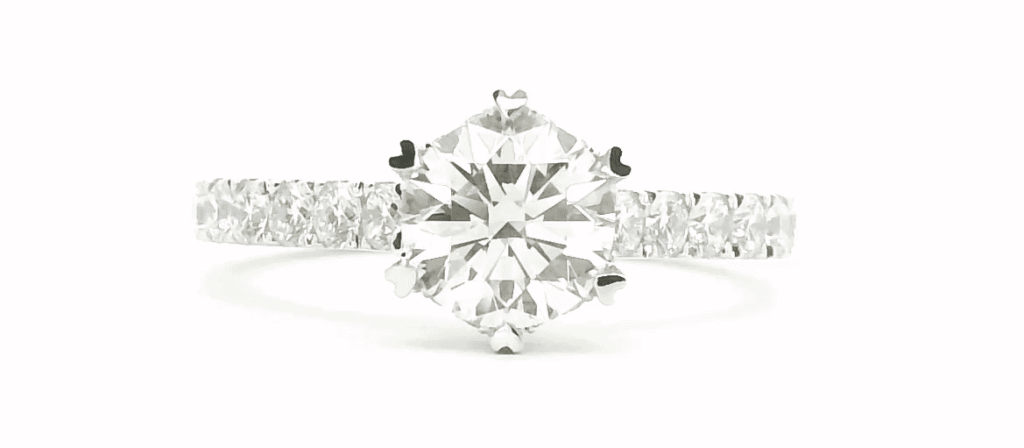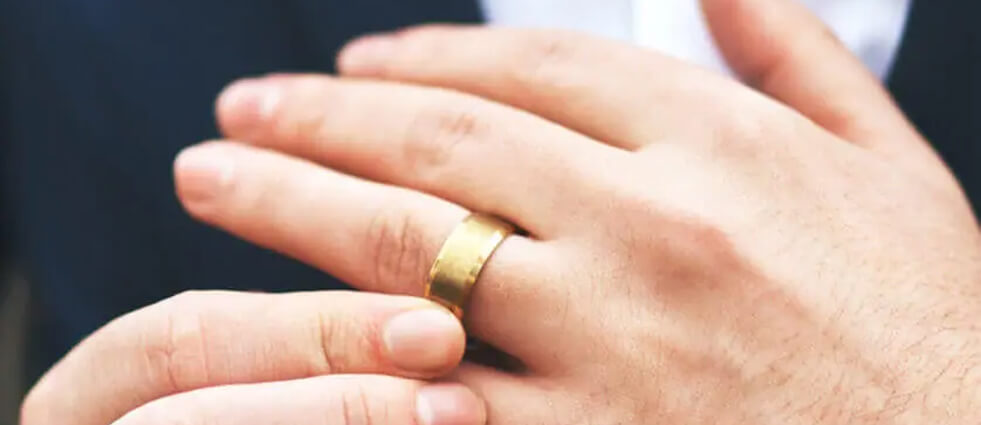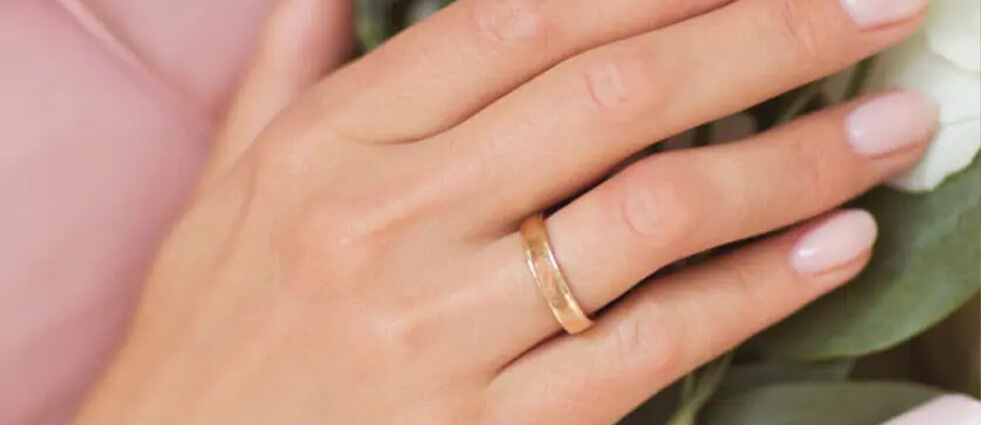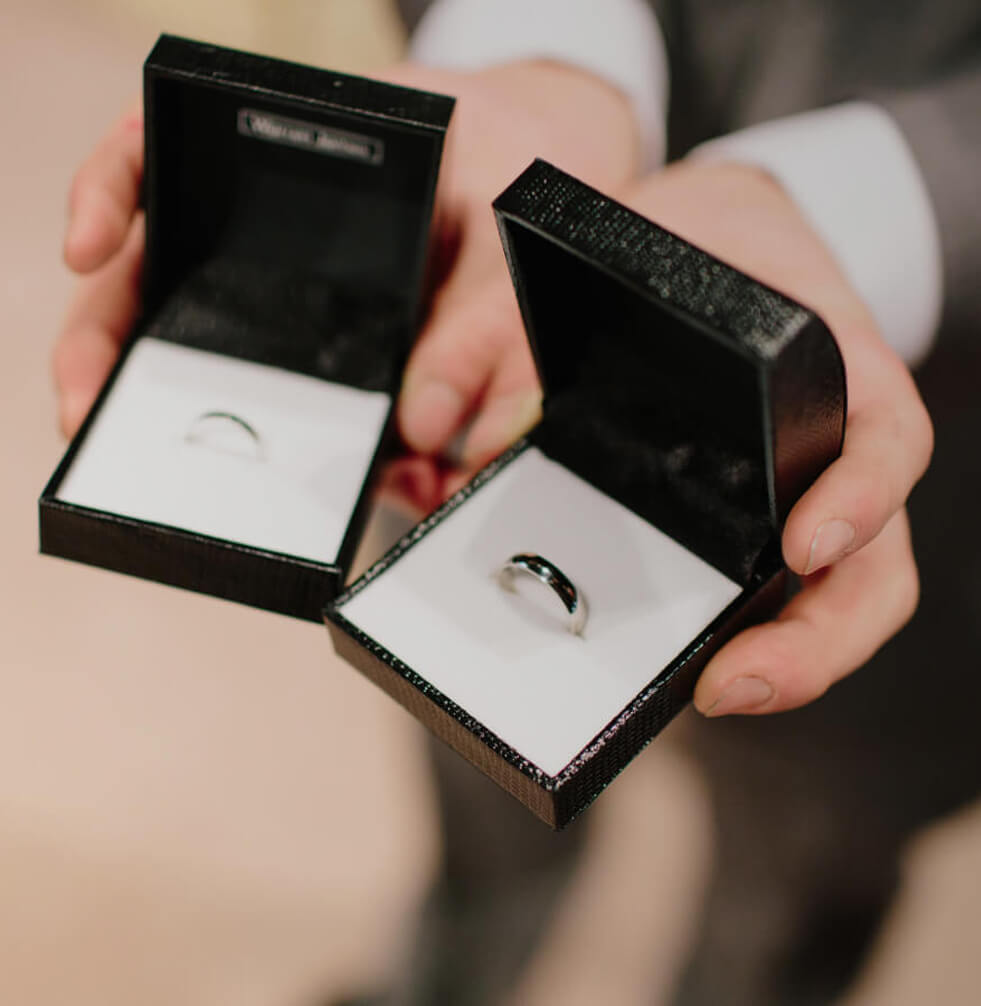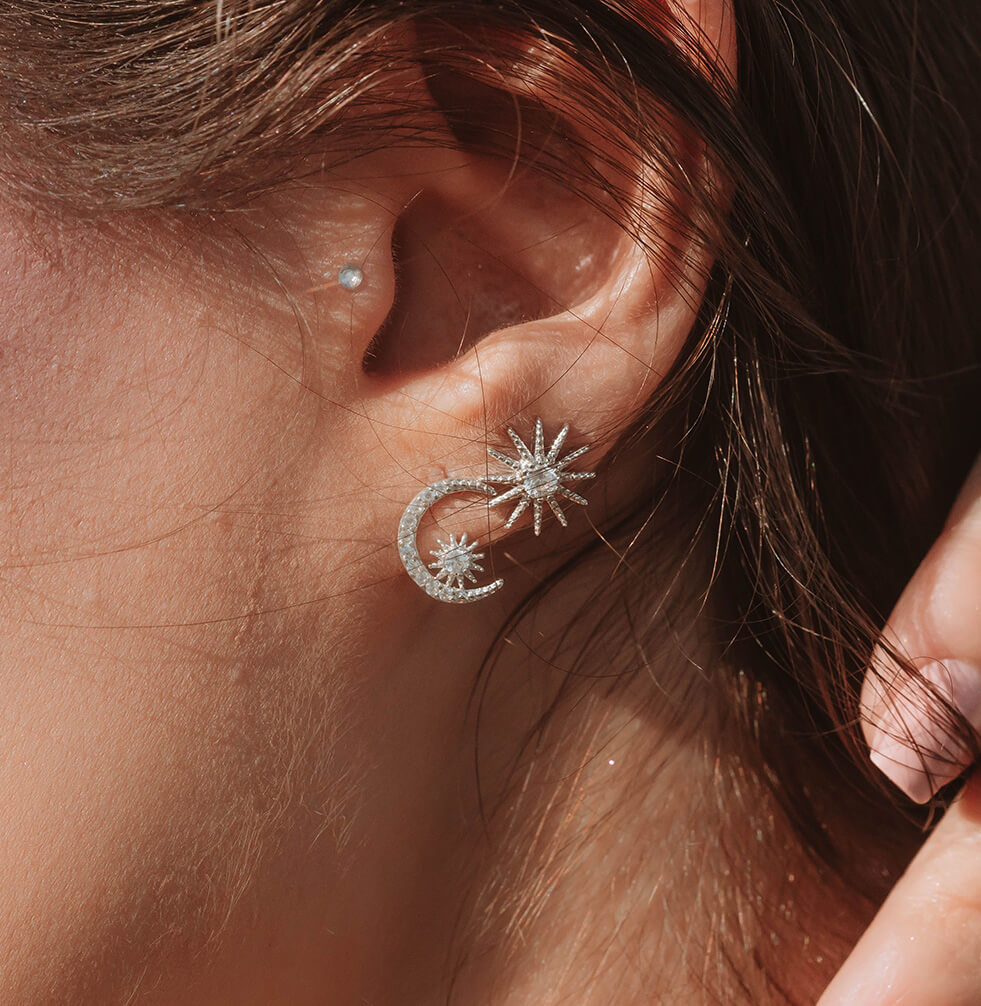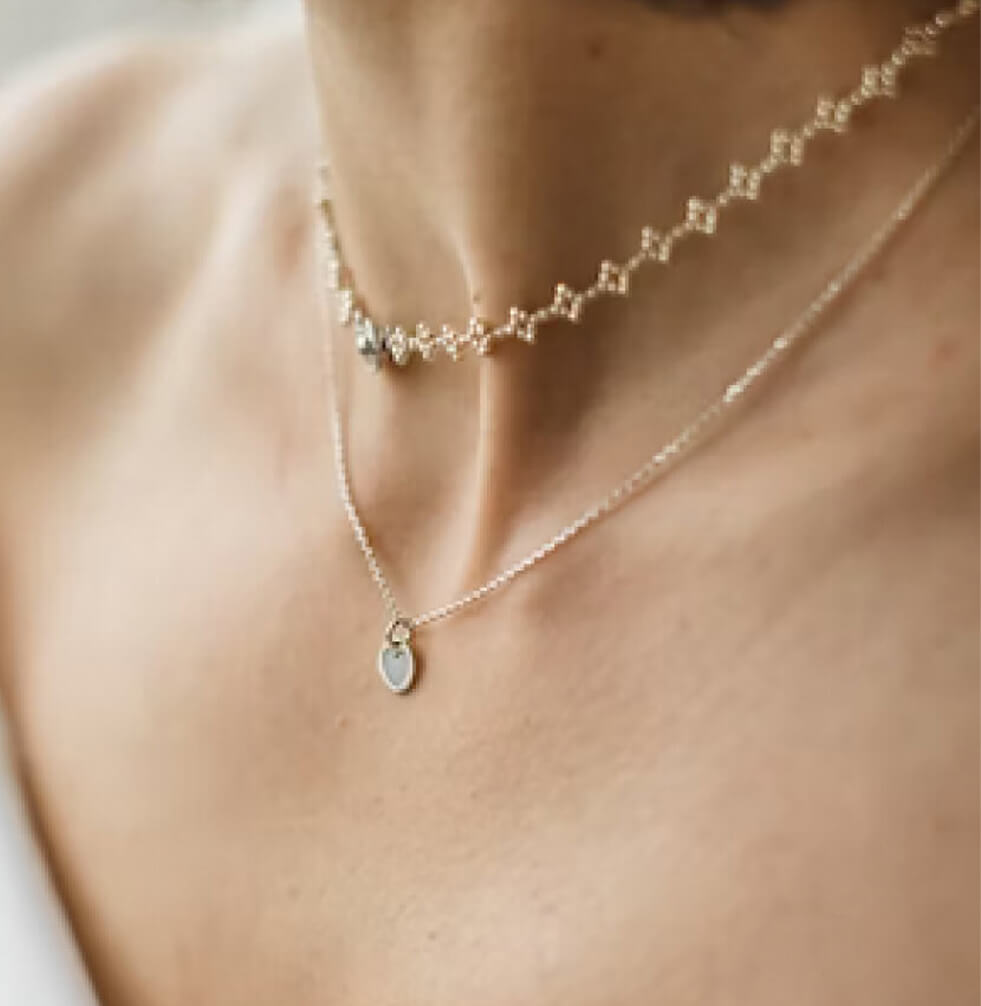Lab-grown vs Natural Diamonds
‘Diamonds are a girl’s best friend’ – a timeless trope that has held steadfast till today. Yet diamonds remain elusive because of their rarity and high cost, and consumers often have to compromise on their perfect rings due to budget constraints. However, consumers now have the luxury of choosing either lab-grown or naturally mined diamonds – the former being much more affordable than the latter, but just as beautiful.
So what’s the difference?
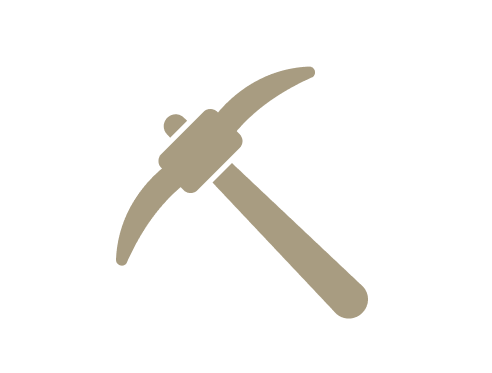
Natural Diamonds
Natural diamonds are forged from intense pressure of the earth’s crust over millions of years, before they are mined and refined for consumers. Their rarity and tedious production process are what make natural diamonds synonymous with eternal love, but also result in exorbitant prices for the best cuts of diamonds.
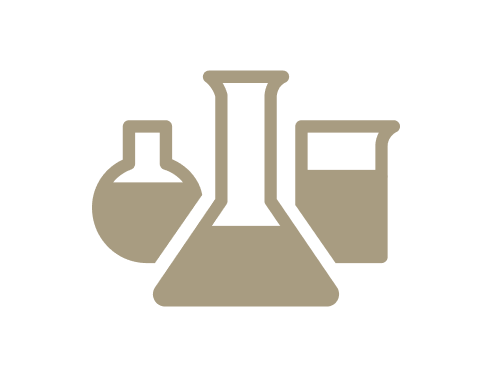
lab-grown diamonds
On the other hand, lab-grown diamonds were artificially created in recent years to provide a more ethical, sustainable and cheaper alternative for couples looking to profess their love. Seeming to possess almost all of the same desirable qualities of mined diamonds, lab-grown diamonds have been increasingly popular amongst younger couples especially. Lab-grown diamonds offer the same sparkle and shine as natural diamonds, at a fraction of the latter’s cost. To meet the rising demand for lab-grown diamonds, while committing to sustainability and ensuring affordability, up to 99% of our diamonds are now lab-grown jewels.
If you’re looking to make a sparkling statement of love to your significant other that’s ethical and friendlier to your wallets, our lab-grown diamonds are the perfect gems for you!
Differentiate Lab-grown vs Natural Diamonds
To the untrained eye, lab-grown and natural diamonds appear chemically, physically and visually identical. However, there are 3 main ways to distinguish them:

1. Appearance of inclusions
Only with a skilled eye and under magnification, can one tell the difference in inclusion. Natural diamonds tend to have inclusions like knots, clouds and twinning wisps, while lab-grown diamonds tend to have metallic inclusions from its growth process.

2. Diamond girdle inscription
To ensure transparency when customers purchase a lab-grown diamond, the word ‘LAB’ is usually inscribed on the girdle, which can only be seen under a microscope.
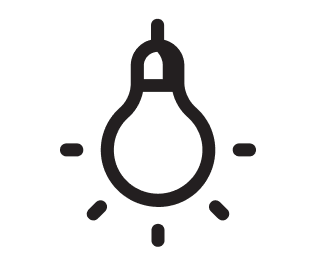
3. Reaction under UV light machine
Lab-grown and natural diamonds react to a specific UV frequency and produce different fluorescence. The GIA iD100® is a diamond detector that can be used to distinguish between them.
Caring about the 4Cs
The 4Cs (Clarity, Colour, Cut and Carat) are what determines the quality and price of diamonds.
C
larity
C
olour
C
ut
C
arat
is based on the amount of inclusions or blemishes within diamonds. Diamonds, whether natural or lab-grown, come with internal characteristics called inclusions and external characteristics known as blemishes. The fewer the amount of inclusions or blemishes, the higher the value of the diamond.
At least a VVS+ grade is recommended for lab-grown diamonds, while VS grade is recommended for natural diamonds.
A diamond is also graded based on the absence (or presence) of colour. The diamond colour-grading system measures the degree of colourlessness, with completely colourlessly diamonds being the most sought after.
The highest D grade colour is recommended for lab-grown diamonds.
A diamond cut is not determined by growth factors, but are instead based on the precise workmanship when fashioning a diamond into jewellery. This affects the brilliance (or brightness) of a diamond, with the brightest ones being the priciest.
Ideal cut is recommended for lab grown diamonds
A diamond’s carat measures the size of the diamond through its weight. Naturally, the larger its carat, the pricer the diamond.
1 Carat is equivalent to 200mg.
How To Find Your Ring Size
We understand that determining the ring size for yourself or your fiancée might be needlessly frustrating, doubly so if you are trying to keep your proposal plans a surprise from your loved one. Diamond Ateliers will share its range of solutions and options for finding the right size so that your is as worry-free as possible, whether or not you are trying to keep your proposal a surprise from your significant other.
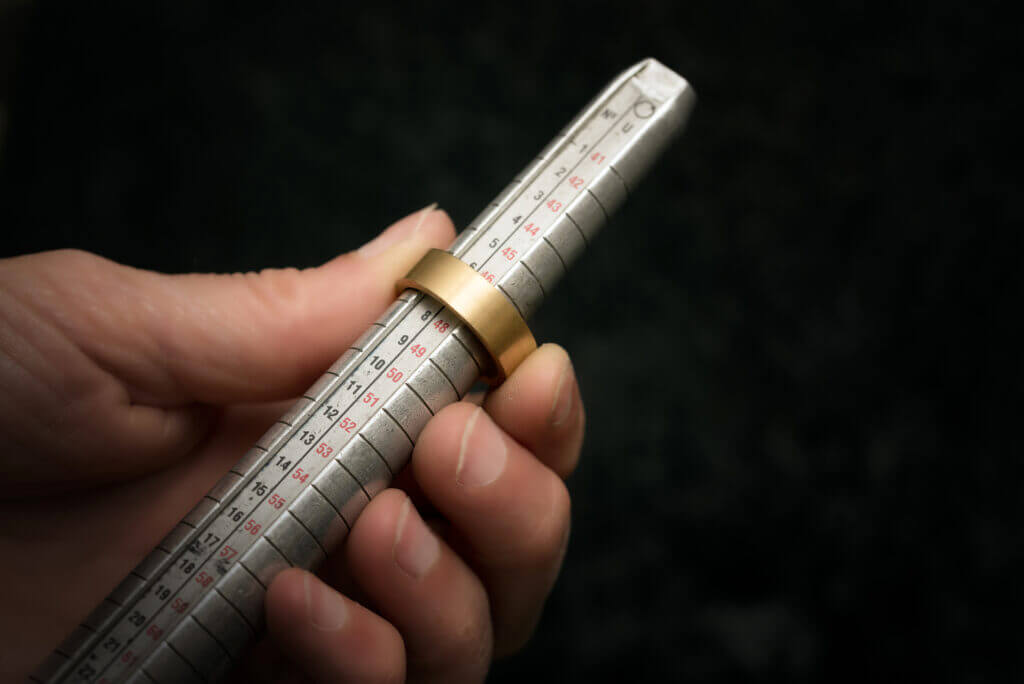
FOR SURPRISE PROPOSALS
Let our Experts Help You
Let us handle the measurement! To ensure you get the most accurate measurement, visit us at any of our showrooms. Alternatively, you can contact us and send us photos of your or your future fiancée’s hands. Our team members can then estimate the ring size from photographs, which is not easy, but our team is experienced at it and are able to get very close to the actual size.
We always recommend our customers go for a slightly bigger size so that the ring is guaranteed to fit on the proposal day since fingers naturally expand when active. If, however, after she has said yes, and it turns out that the ring doesn’t fit perfectly, she can always have her ring resized by visiting any one of our Diamond Ateliers showrooms. We know the absolute necessity of achieving that perfect fit; therefore, Diamond Ateliers is proud to offer one free resize with every purchase of an engagement ring (valid for a year after the initial purchase).
If you find it difficult to visit our showroom or any other jewellery store for that matter, you can fall back on ordering our free ring sizer.
TIP: Engagement rings are meant to be tight and difficult to take off. To ensure a comfortable nut secure fit, make sure our free ring sizer, or any other ring sizer, is tight on your ring finger.
DOWNLOAD OUR RING SIZER
A great way to find your or fiancé’s ring size from the comfort of your home is by downloading and then printing our “How to find your ring size” guide.Included inside will be two straightforward ways to measure the ring size.
First will be the ruler that you can easily cut out and measure the ring finger directly. Simply follow the included instructions, and you will your size in no time.
The second method will measure the current ring worn by you or your loved one instead of the finger. Take out one of the rings she or you wear, but make sure it is not for the thumb or the pinkie finger. Then match the ring with printed circles to find its size. This method is perfect for those already wearing a well-worn and comfortable ring.
If, however, you want a more accurate measurement, you can order a free ring sizer kit that will be delivered to you. In Singapore, you should receive your ring sizer within approximately 1-4 days. Please allow up to 14 days when ordering from outside Singapore, depending on your location. To order one, simply click on the button below and fill in your details and we will ship it right to your doorsteps.
FOR SEMI-SURPRISE PROPOSALS
Ring Resize
If your partner is in on the upcoming engagement, the best way by far to make sure that the ring size is perfect is to try on the rings in person. Visit any of our showrooms, and our staff will be more than happy to accurately measure the finger size for a comfortable and secure ring. However, if the place where you live doesn’t have a Diamond Ateliers showroom yet, you can instead visit a local jewellery store to get your finger measured.
HELPFUL TIPS
- On cold days your fingers may be slightly smaller.
- On hot days your fingers may be slightly swollen.
- Wider rings will feel tighter.
- Usually, our dominant hand is slightly bigger.
- Thinner rings will feel looser.
- We can try to estimate the finger size if you send us photos of her hand.
- If unsure, the most common sizes are M – N /6 – 6.5
Remember to visit our 12 Months Free Resizing page
RING SIZE CHART
Different states use different measurement units, so you can use the international ring size conversion chart below as a reference to find your ring size.
| RING SIZE CHART | |||
| SG SIZE | AU & UK SIZE(Approx.) | Inside Circumference (Approx. mm) | Inside Diameter (Approx. mm) |
| 1/2 | A | 37.54 | 11.95 |
| 1 1/8 | B | 38.86 | 12.37 |
| 1 1/2 | C | 40.15 | 12.78 |
| 2 | D | 41.50 | 13.21 |
| 2 1/2 | E | 42.76 | 13.61 |
| 3 | F | 44.14 | 14.05 |
| 3 1/8 | F 1/2 | 44.45 | 14.15 |
| 3 1/2 | G | 45.11 | 14.36 |
| 3 5/8 | G 1/2 | 45.74 | 14.56 |
| 4 | H | 46.02 | 14.65 |
| 4 1/8 | H 1/2 | 46.68 | 14.86 |
| 4 3/8 | I | 47.25 | 15.04 |
| 4 5/8 | I 1/2 | 47.97 | 15.27 |
| 4 7/8 | J | 48.38 | 15.40 |
| 5 1/8 | J 1/2 | 49.32 | 15.70 |
| 5 3/8 | K | 49.64 | 15.80 |
| 5 5/8 | K 1/2 | 50.27 | 16.00 |
| 5 7/8 | L | 50.58 | 16.10 |
| 6 1/8 | L 1/2 | 51.55 | 16.41 |
| 6 3/8 | M | 51.87 | 16.51 |
| 6 5/8 | M 1/2 | 52.50 | 16.71 |
| 6 7/8 | N | 53.16 | 16.92 |
| 7 | N 1/2 | 53.82 | 17.13 |
| 7 3/8 | O | 54.51 | 17.35 |
| 7 1/2 | O 1/2 | 54.82 | 17.45 |
| 7 3/4 | P | 55.76 | 17.75 |
| 8 | P 1/2 | 56.45 | 17.97 |
| 8 1/4 | Q | 57.15 | 18.19 |
| 8 1/2 | Q 1/2 | 57.65 | 18.35 |
| 8 3/4 | R | 58.47 | 18.61 |
| 9 | R 1/2 | 59.06 | 18.8 |
| 9 1/4 | S | 60.00 | 19.10 |
| 9 1/2 | S 1/2 | 60.66 | 19.31 |
| 9 3/4 | T | 61.29 | 19.51 |
| 10 | T 1/2 | 62.33 | 19.84 |
| 10 1/4 | U | 62.89 | 20.02 |
| 10 1/2 | U 1/2 | 63.46 | 20.20 |
| 10 3/4 | V | 63.84 | 20.32 |
| 11 | V 1/2 | 64.97 | 20.68 |
| 11 1/4 | W | 65.22 | 20.76 |
| 11 1/2 | W 1/2 | 65.78 | 20.94 |
| 11 3/4 | X | 66.54 | 21.18 |
| 12 | X 1/2 | 66.92 | 21.30 |
| 12 1/8 | Y | 67.51 | 21.49 |
| 12 1/2 | Y 1/2 | 68.14 | 21.69 |
| 12 5/8 | Z | 68.77 | 21.89 |
The average ring size in UK are M,N sizes. If your partner has smaller than average fingers we would recommend a J,K or L size and if they have larger than average fingers we would recommend O,P or Q size. Please remember that your first resize is free.

